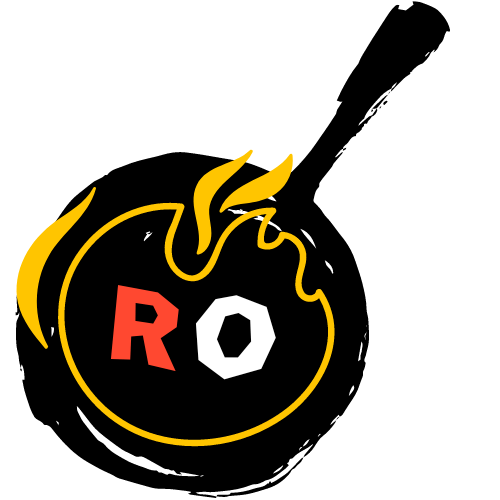3 Strategies for Managing Food Costs in a Restaurant
Managing food costs is a critical challenge for restaurant owners and managers. This article delves into effective strategies to keep expenses in check while maintaining quality and profitability. Drawing on insights from industry experts, it explores key tactics such as precise inventory tracking, portion standardization, and strategic pricing to help restaurants thrive in a competitive market.
- Implement Precise Inventory Tracking System
- Standardize Portions to Reduce Waste
- Price Dishes Based on Desired Profit Margin
Implement Precise Inventory Tracking System
Managing food costs is all about precision and consistency. We've implemented a detailed inventory tracking system that monitors usage patterns and identifies discrepancies in real-time. By analyzing this data, we can adjust our purchasing and portion sizes accordingly, ensuring we maintain quality while keeping costs in check.

Standardize Portions to Reduce Waste
As I work closely with a wide community of QSRs and small restaurant owners, I've had a front-row seat to the strategies that actually move the needle on food cost management.
One of the most effective and underrated tips I've seen is to standardize portion sizes across the menu. Restaurants that implement this—often with the help of digital kitchen screens or training cards—dramatically cut down on food waste, which is a silent profit killer.
Another system that works well is inventory tracking tied to daily sales. Operators who use smart POS systems that sync sales with ingredient depletion spot trends quickly and can order more precisely. One owner I worked with realized he was over-ordering produce simply because he wasn't reconciling what was actually used in each dish.
Bottom line: don't just track what you're spending—track what you're wasting. That insight is where the real savings are.

Price Dishes Based on Desired Profit Margin
Reverse-Engineering Your Food Costs: Price from Profit Backwards
My #1 tip for managing food costs effectively in a restaurant is this:
Don't start with the ingredient costs — start with your desired profit margin.
Here's the strategy that works:
1. Define your ideal menu price and target margin.
2. From that, calculate your maximum allowed food cost per dish.
3. Then build or adjust your recipe to stay within that budget.
This method is proactive and strategic. Instead of letting supplier prices control your margins, you control the margins first — and the ingredients follow.
In our agency, we even developed a calculator tool that helps restaurant owners do exactly this:
- It shows your cost breakdown, profit per item, and highlights where you're losing money.
Bonus Tips:
- Simplify your ingredient list.
- Track inventory closely.
- Reduce food waste with portion and prep control.
Bottom line:
If you know your numbers, you'll manage your kitchen like a business — not just a passion.


